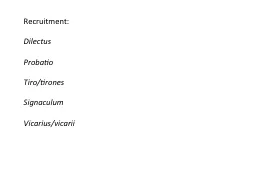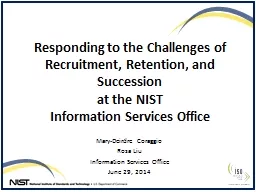PPT-Recruitment: Dilectus Probatio
Author : jane-oiler | Published Date : 2019-06-22
Tiro tirones Signaculum Vicarius vicarii Source of the day Polybius Polybios Title Histories Topic to explain the rise of Rome as a world power from 220167
Presentation Embed Code
Download Presentation
Download Presentation The PPT/PDF document "Recruitment: Dilectus Probatio" is the property of its rightful owner. Permission is granted to download and print the materials on this website for personal, non-commercial use only, and to display it on your personal computer provided you do not modify the materials and that you retain all copyright notices contained in the materials. By downloading content from our website, you accept the terms of this agreement.
Recruitment: Dilectus Probatio: Transcript
Download Rules Of Document
"Recruitment: Dilectus Probatio"The content belongs to its owner. You may download and print it for personal use, without modification, and keep all copyright notices. By downloading, you agree to these terms.
Related Documents














